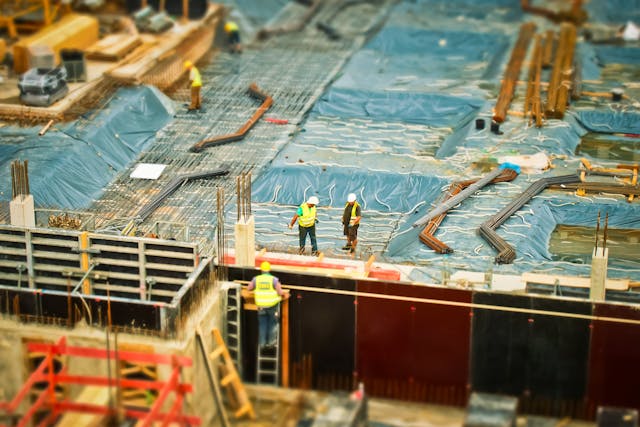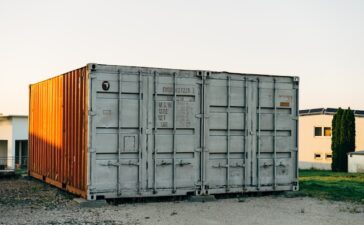Concrete, Of the numerous building materials used in Australian construction, concrete is widely used in the building industry because of its durability and flexibility and because it is inexpensive to work on. However, quality materials and proper mixing are not an end in themselves for the strength and durability of the concrete structure, rather it is the curing that every structure is subjected to. Curing is a very important and often neglected factor that has a less-than-desirable capability in affecting the performance of concrete in the long run.
Water in the concrete reacts with cement and forms binding substances that provide strength to the concrete. Curing is the process of maintaining the environment in terms of moisture content, temperature, and time, so as to allow hydration to progress well. A concrete surface that loses moisture too soon because of no curing may never gain its design strength, leading to surface dusting, cracking, and loss of durability. In some parts of Australia, especially warm states like New South Wales, incorrect curing often leads to premature deterioration. For example, when concreting Baulkham Hills projects are underway, contractors and homeowners must be particularly aware of curing conditions; the variable climate and dry winds can cause moisture loss to occur at a rapid rate.

The Science Behind Curing
Curing is, in essence, a process by which sufficient moisture is provided to the concrete so that cement gel continues to form via the chemical action of cement and water, now called hydration. The plastic mix after this measures undergoes this reaction and thus conversion to a hard durable material. The extent and rate of hydration also depend on temperature conditions and moisture. Curing is specifically important during the seven days after the placing, as this remains the period wherein the most hydration takes place. But depending on the mix design, environment, and kind of structure, there may be additional curing requirements. Thin slabs, pavements, and exposed surfaces dry faster than thicker sections and thus require more intensive curing considerations.
Common Curing Techniques
Numerous curing methods may be used in Australia as per site conditions and requirements. Water curing is the most common technique; it entails keeping the concrete surface water-wet by means such as ponding, sprinkling, or covering with wet burlap or hessian.Curing through membrane, almost synonymous with the application of a curing compound to young concrete, is the other major remedy. It forms a thin waterproof film that sequesters moisture from rapid evaporation. Membrane curing is preferred where water conservation is to be practiced, or continuous wetting of concrete is impossible. However, for the method to work well, it must be applied evenly immediately after finishing.
Factors that Affect Proper Curing
The curing process is affected by a number of environmental and material factors. The temperature is regarded as one of the most vital variables. In the hot weather, one may witness high evaporation rates, which leads to moisture being lost too rapidly. This may lead to plastic shrinkage cracks or incomplete hydration. On a colder note, the low-temperature chemical reaction slows down and delays the strength development. Then comes the issue of wind and direct sunlight. Where strong sunlight is in action, exposed surfaces lose moisture at an unbelievable rate; such surfaces develop cracks or pore discoloration. Windbreaks, sunshades, and surface covers should be used to minimize these effects.

Common Mistakes in Concrete Curing
Despite being crucial, the curing has been practically ignored or done ill on many construction sites. The premature termination of curing is perhaps the most common fault. Many builders believe concrete to be cured the moment it seems hard at the surface. The hydration process, on the other hand, goes on for weeks and any premature intervention may render the concrete weak and brittle. Differential curing is another common error. If one place receives moisture and another doesn’t, it could be differential shrinkage, cracking of surface, or patch water discoloration. This will show on obvious decorative concrete finishes. Failure to protect the surface from temperature extremes or mechanical damage during curing is yet another common issue. Heavy loads or foot traffic, in case they are permitted too early, result in micro cracking, with passage of time, weakens the structure.
Ensuring Longevity through Proper Curing Practices
Indeed, curing provides a vital link in concrete construction, as it determines the resistance and ability that the product develops over time. Be it intermediate application of the materials over residential driveways or more permanent facilities for more commercial slabs, efficient curing ought to be instituted to bring forth those wanted durable quality results. By having an understanding of the hydration mechanism, selecting the most appropriate curing technique and handling the inappropriate methods away from their choices, both builders and home owners in Australia can immensely stretch the service life of their concrete structure with reduced maintenance payment for years.





